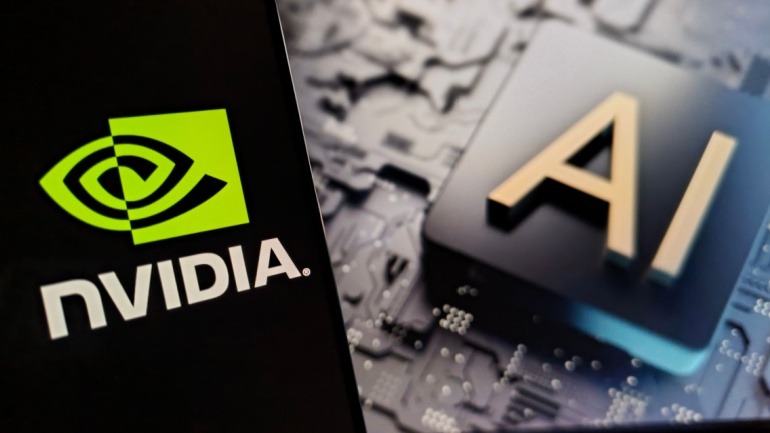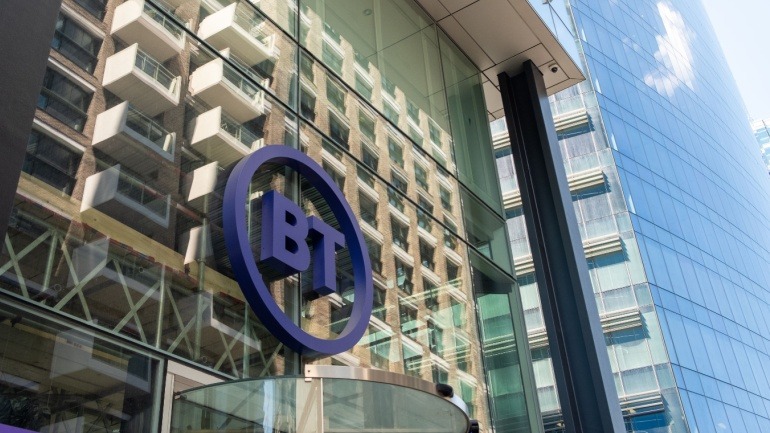The recent NVIDIA’s GTC DC event spotlights the transformative power of artificial intelligence (AI) across various sectors, emphasizing business transformation and process automation. However, a key focus remains on the engineers behind these technological advances. These professionals grapple with the evolving AI landscape, which increasingly shifts complex tasks to software tools. While AI simplifies processes, it challenges engineers to adapt continuously, integrating new methods with traditional skills.
Rob Knoth from Cadence Design Systems emphasizes the essential blend of intuition and technical expertise required in engineering. “When I talk about that affliction of being an engineer or a designer, what it really comes down to is that intuition, that imagination,” Knoth says. This fusion is crucial as AI tools, although augmenting capabilities, also necessitate the trust of the professionals using them. Engineers’ accountability doesn’t diminish even when automation takes on more tasks, necessitating a gradual build-up of trust in AI tools.
One historical example is the introduction of automated place and route tools in semiconductor design. Initially met with skepticism, these tools ultimately gained acceptance and revolutionized the industry. Trust is a gradual process, evolving as technology proves its reliability in meeting established requirements.
Cadence exemplifies this evolving trust landscape by embracing NVIDIA’s NeMo Data Designer. The company uses AI-driven tools to expedite scientific discovery and engineering processes. For instance, leveraging accelerated computing and agentic AI has dramatically reduced simulation times for complex tasks like computational fluid dynamics (CFD). These advancements allow aerospace companies to cut wind tunnel testing, reduce costs, and record faster market entry for new designs. Agentic AI also aids electronic and system design, with tools for conversational assistance and deep reasoning.
Interestingly, Knoth reflects on how rapidly AI has achieved feats he believed would require quantum computing. He notes that AI solutions now tackle what were once viewed as grand challenges, acknowledging that the pace of technological change sets new, eternally moving goalposts.
In essence, AI serves as a catalyst, enhancing human ingenuity and capacity. As AI matures, it amplifies the intuition and creativity unique to human professionals rather than replacing them. The challenge lies in striking a balance between leveraging AI’s capabilities and retaining the intuitive spark that drives innovation. As the transformation unfolds, the lesson remains clear: AI and human intuition must coexist, driving progress together.







